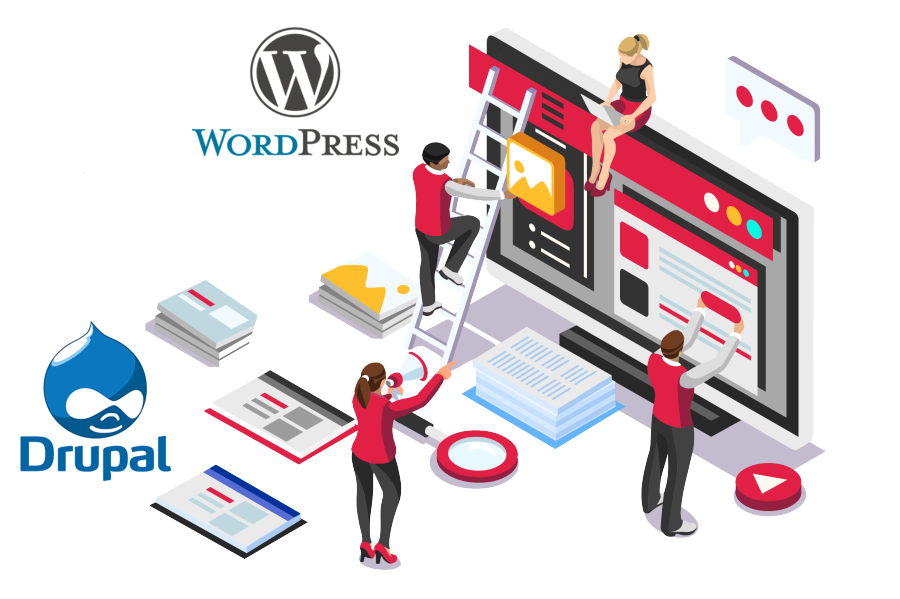
30 Jul WordPress Web Developer
WordPress Website Builder
WordPress is a popular content management system (CMS) that allows users to create and manage websites easily. It offers a variety of tools and plugins to build websites without needing extensive coding knowledge. Here are some steps and tips to help you get started with building a WordPress website:
1. Set Up Hosting and Domain
- Choose a Hosting Provider: Some popular options are Bluehost, SiteGround, and WP Engine.
- Register a Domain Name: Your hosting provider often offers domain registration services.
2. Install WordPress
- Most hosting providers offer one-click WordPress installation.
- Alternatively, you can download WordPress from wordpress.org and manually install it on your server.
3. Choose a Theme
- Free Themes: Available in the WordPress theme repository.
- Premium Themes: Available from marketplaces like ThemeForest, Elegant Themes, and StudioPress.
- Customization: Customize your theme using the WordPress Customizer or a page builder plugin
4. Install Essential Plugins
- SEO: Yoast SEO or All in One SEO Pack.
- Security: Wordfence or Sucuri.
- Backup: UpdraftPlus or BackupBuddy.
- Performance: WP Rocket or W3 Total Cache.
- Page Builder: Elementor, Beaver Builder, or WPBakery Page Builder.
5. Create Essential Pages
- Home Page
- About Page
- Contact Page: Use a plugin like Contact Form 7 or WPForms.
- Blog Page: If you plan to include a blog
6. Configure Settings
- Permalinks: Set up SEO-friendly URLs.
- Reading Settings: Configure your homepage and blog page.
- General Settings: Set your site title, tagline, and timezone.
7. Add Content
- Posts vs. Pages: Use posts for blog entries and pages for static content.
- Media Library: Upload images, videos, and other media files
8. Optimize for Search Engines
- SEO Plugins: Configure settings for Yoast SEO or All in One SEO Pack.
- Content: Use keyword-rich titles, headings, and content
9. Secure Your Site
- SSL Certificate: Ensure your site uses HTTPS.
- Regular Backups: Schedule regular backups of your site.
- Security Plugins: Configure settings for your security plugin.
10. Launch Your Site
- Test Everything: Ensure all links, forms, and features work correctly.
- Announce Your Launch: Share your new site on social media and with your email list.
Tips for Success
- Regular Updates: Keep WordPress, themes, and plugins updated to ensure security and performance.
- Engage with Your Audience: Regularly update your content and interact with your visitors through comments and social media.
- Monitor Performance: Use tools like Google Analytics and Search Console to track your site’s performance.











Sorry, the comment form is closed at this time.